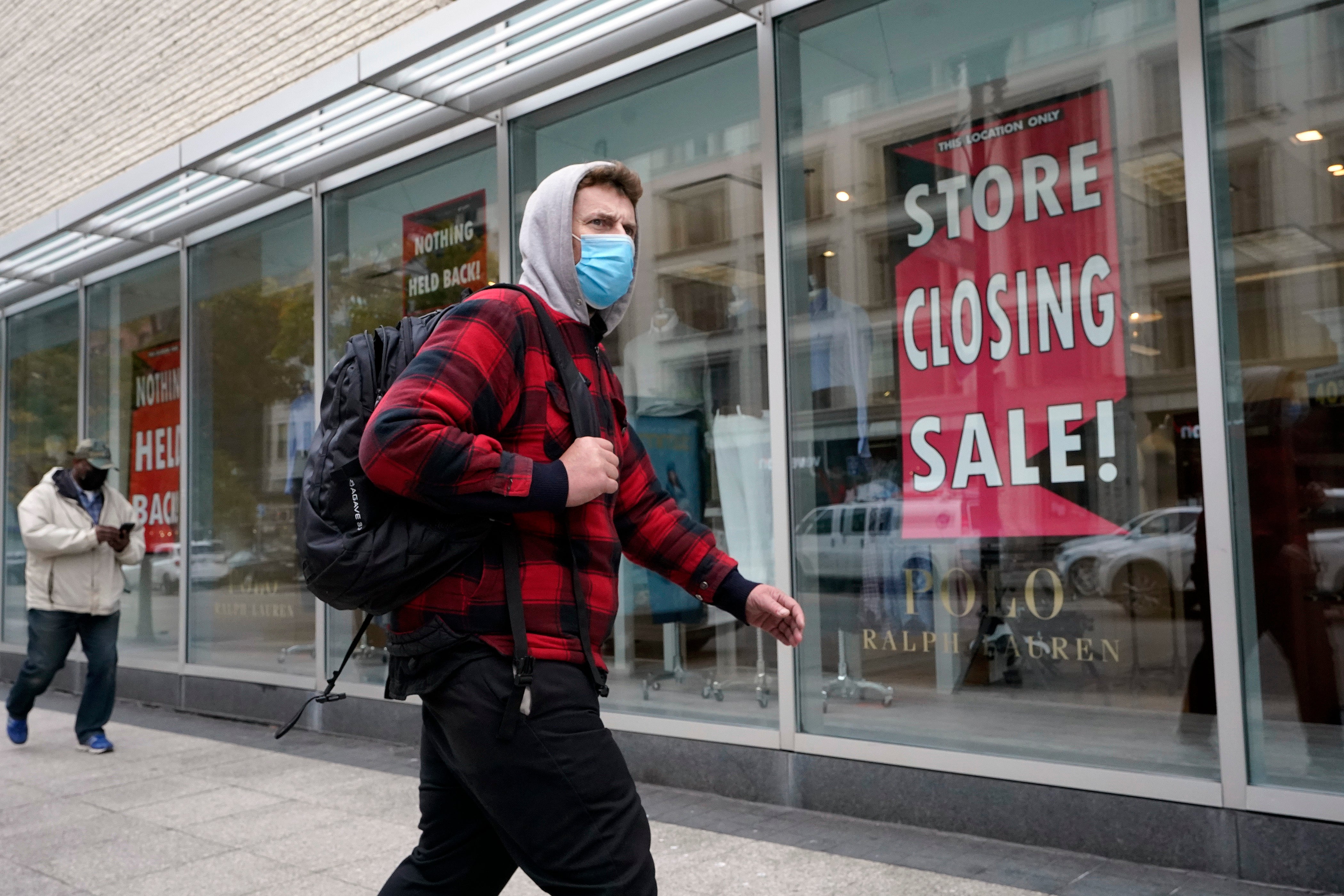Coronavirus: Infection rates rise 47% in a week, says ONS
Infection rates have slowed in the northeast of England but continue to rise elsewhere

Your support helps us to tell the story
From reproductive rights to climate change to Big Tech, The Independent is on the ground when the story is developing. Whether it's investigating the financials of Elon Musk's pro-Trump PAC or producing our latest documentary, 'The A Word', which shines a light on the American women fighting for reproductive rights, we know how important it is to parse out the facts from the messaging.
At such a critical moment in US history, we need reporters on the ground. Your donation allows us to keep sending journalists to speak to both sides of the story.
The Independent is trusted by Americans across the entire political spectrum. And unlike many other quality news outlets, we choose not to lock Americans out of our reporting and analysis with paywalls. We believe quality journalism should be available to everyone, paid for by those who can afford it.
Your support makes all the difference.The latest survey of coronavirus infections across England has shown cases have increased by 47 per cent in the past week.
The Office for National Statistics (ONS) weekly infection survey found cases had "continued to rise steeply", with an average of 51,900 new cases per day of Covid-19 in private homes between 17 and 23 October.
This is up 47 per cent from 35,200 new cases per day for the period from 10 to 16 October.
Overall, around one in 100 people had Covid-19 over the course of the latest week.
The figures, based on 609,777 swab tests taken whether people have symptoms or not, do not include anyone staying in hospitals, care homes or other institutional settings
The highest rates are in the northwest and Yorkshire and the Humber.
Rates were also high in the northeast, but the ONS said these have now levelled off and "there is now a larger gap with the other two northern regions".
The lowest rates are in the southeast, southwest and eastern England, while there has been growth in all age groups over the past two weeks.
Katherine Kent, co-head of analysis for the Covid-19 infection survey, said: "Following the expansion of ONS infection survey, we are now seeing evidence of increases in Covid-19 infections across the UK.
"In England, infections have continued to rise steeply, with increases in all regions apart from in the northeast, where infections appear to have now levelled off.
"Wales and Northern Ireland have also all seen increased infections, though it is currently too early to see a certain trend in Scotland, where we have been testing for a shorter period.
"When looking at infections across different age groups, rates now seem to be steeply increasing among secondary school children whilst older teenagers and young adults continue to have the highest levels of infection."



Join our commenting forum
Join thought-provoking conversations, follow other Independent readers and see their replies
Comments